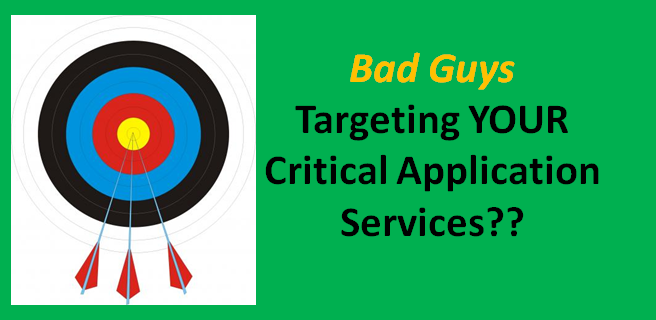

Otherwise, your organization can risk losing data, disrupting operations, and incurring high costs. Once a plan is in place, all stakeholders must be aware of the objectives and expectations of the cloud migration. It is also important to note that each application moved from an on-premises database to the cloud may have different migration requirements. Begin by assessing current infrastructure and applications to determine which of your workloads can move to the cloud. An end-to-end migration plan is necessary to adopt and implement cloud technologies. Starting with a clear strategy will lay a strong foundation for your migration process. McKinsey’s research reports that leading life-sciences companies are discovering the potency of the cloud in enabling analytics, shrinking innovation cycles, and standardizing processes across global operations, among other benefits. The life sciences industry has traditionally been a laggard in adopting new technologies and cloud-based solutions however, it has now become critical to consider migrating some or all processes to the cloud.

Within the last two years, digital transformation has become a key driver in staying competitive within the global marketplace. After the COVID-19 pandemic mandated remote working, employers had to rethink workflows and implement new cloud-based solutions. Tips for maintaining quality during transitionsĬloud migrations can be complex and risky.


 0 kommentar(er)
0 kommentar(er)
